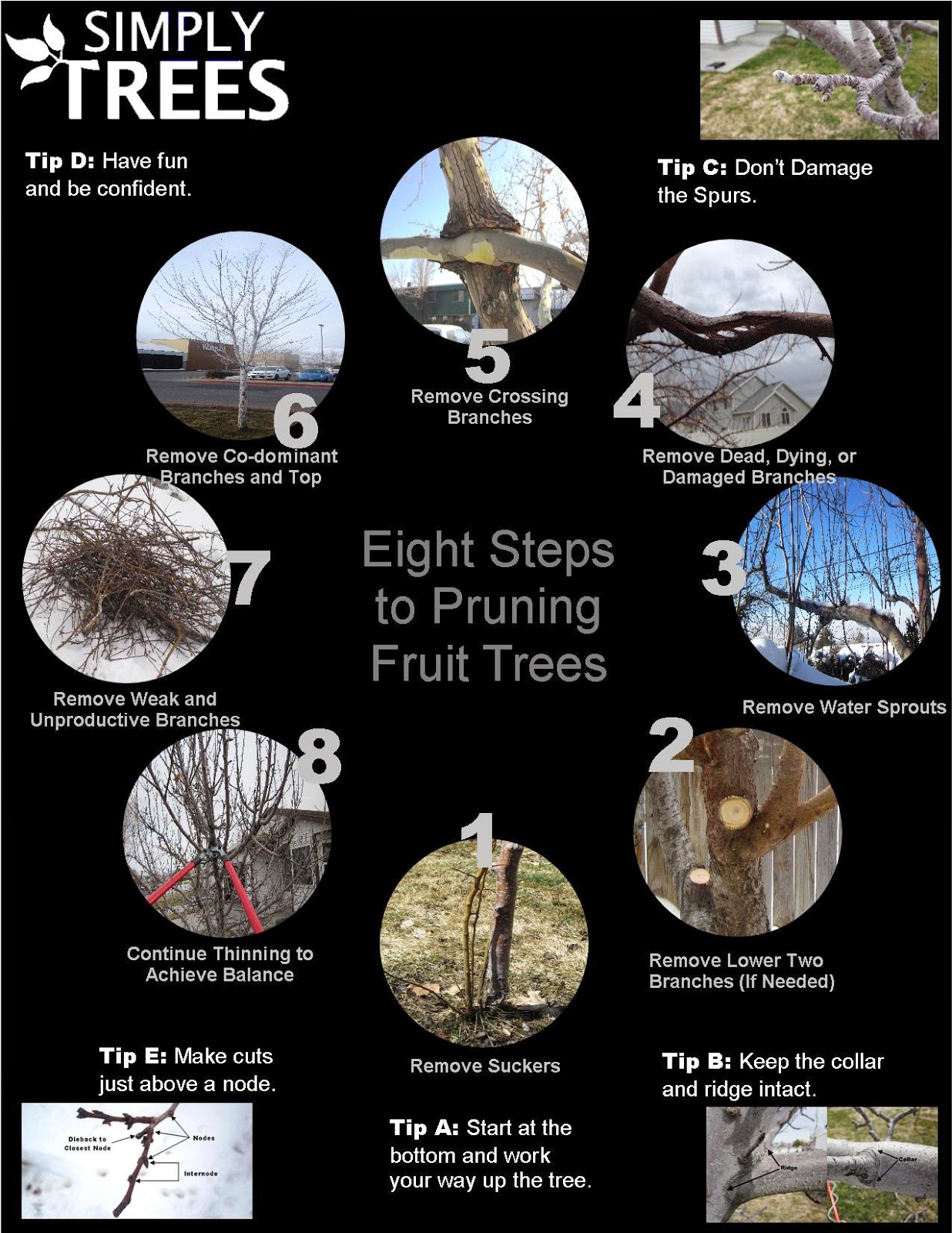Seasonal Tree Treatment: Just How To Manage Trees Prior To And After Elimination
Seasonal Tree Treatment: Just How To Manage Trees Prior To And After Elimination
Blog Article
Written By-
When it concerns seasonal tree care, making certain correct management prior to and after removal can significantly impact the wellness and visual appeals of your landscape. By comprehending the necessary actions involved in evaluating tree wellness and getting ready for elimination, you can proactively safeguard your property. Yet what about Related Web Page to adhere to once the tree is gone? Remain tuned to discover the crucial post-removal treatment actions that will help you grow a flourishing and lasting environment for your trees.
Pre-Removal Tree Treatment
Prior to dealing with the elimination of a tree, it's essential to prioritize pre-removal tree treatment. Begin by examining omaha tree service and structural integrity. Try to find signs of condition, pest infestations, or any architectural issues that might posture a safety risk during elimination. It's essential to seek advice from a licensed arborist to establish the best strategy.
Trimming dead or infected branches can avoid more damage to the tree and make sure a smoother removal process.
In addition, think about the ecological influence of removing the tree. Trees play an essential duty in our ecosystem, so growing a new tree in an ideal place can help offset any kind of loss. Ensure that you have the necessary permits and consents for tree elimination, particularly if the tree is protected by regional regulations.
Seasonal Upkeep Tips
Examining your tree's demands throughout the year is imperative for its wellness and durability. To maintain your trees in leading condition, comply with these seasonal upkeep tips.
In just click for source , concentrate on pruning to get rid of dead or broken branches and motivate new growth.
Summer calls for routine watering, particularly throughout dry spells, to ensure your tree stays hydrated.
As loss techniques, keep an eye out for very early indicators of illness or anxiety, and consider using compost to shield the origins throughout winter.
In winter months, beware when eliminating snow from branches to prevent damage, and remain to check your tree's overall health and wellness.
Remember to change your care routine based on the specific needs of your tree types and local environment. By remaining conscientious and proactive throughout the periods, you can assist your trees thrive and thrive for many years ahead.
Post-Removal Tree Treatment
To guarantee the health of your landscape even after tree removal, proper post-removal care is crucial. After a tree is gotten rid of, it's important to load the remaining hole with topsoil and small it to avoid settling. This will aid maintain the integrity of the ground and stop prospective hazards in the future.
Think about planting brand-new greenery in place of the gotten rid of tree to recover the balance and appearances of your landscape. Consistently water the area to advertise the growth of new plants and protect against dirt disintegration.
Evaluate the surrounding trees for any signs of condition or anxiety that might have been triggered by the removed tree. Keep an eye out for insects that could've been brought in to the previous tree and take safety nets to secure the remaining vegetation.
If essential, seek advice from a professional arborist to assess the impact of the removal on the bordering trees and identify any type of additional treatment needed. By following these post-removal care steps, you can make certain the ongoing health and appeal of your landscape.
Verdict
Finally, positive seasonal tree care is vital for preserving the wellness and balance of your landscape. By assessing tree health and wellness, trimming, and speaking with an arborist prior to elimination, you can ensure a safe procedure. After removal, loading the hole, planting new greenery, and regular watering will certainly promote new development and protect against disintegration. Remember to inspect surrounding trees for illness and seek more care actions from an arborist to maintain your landscape flourishing.
